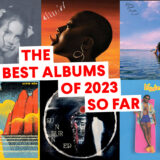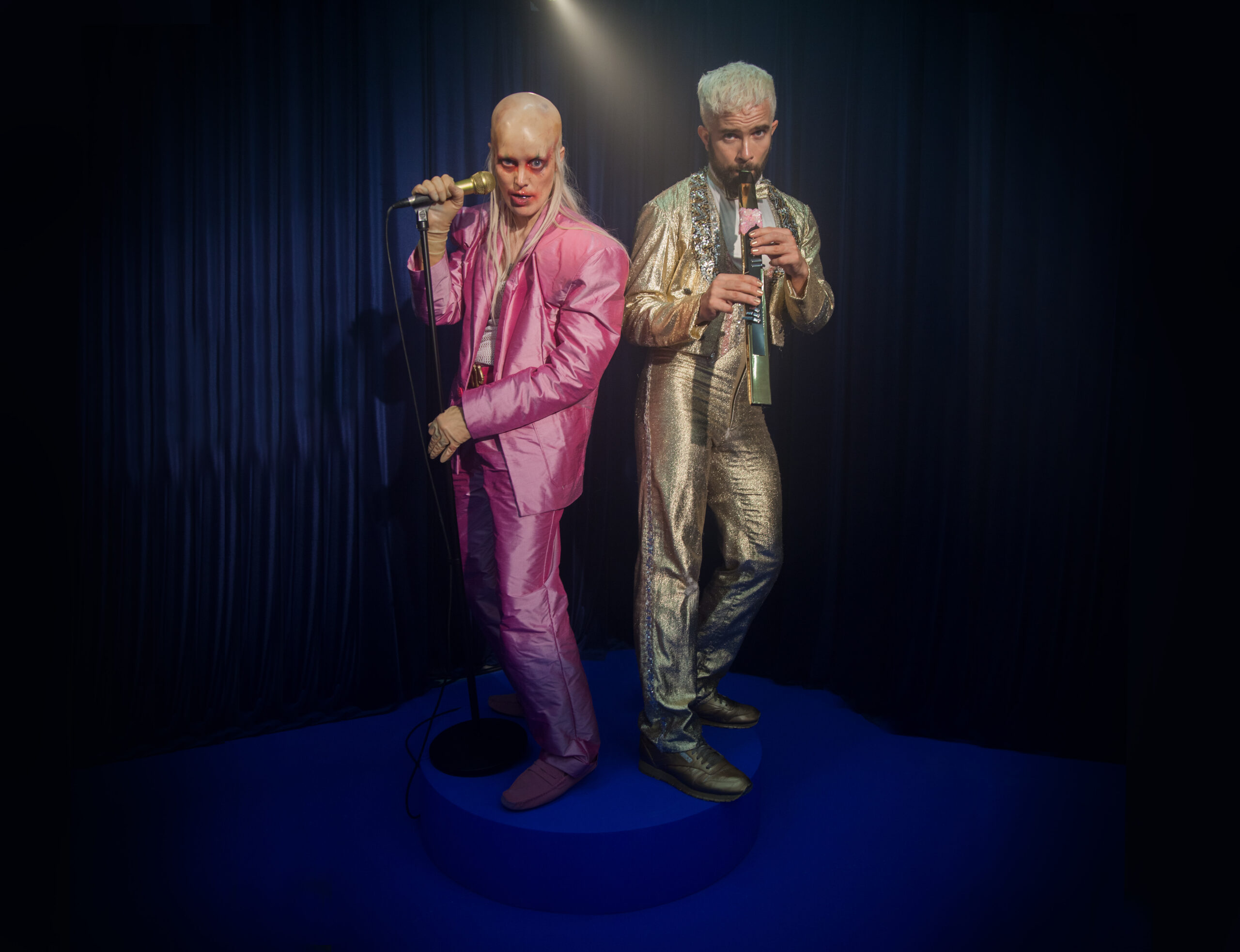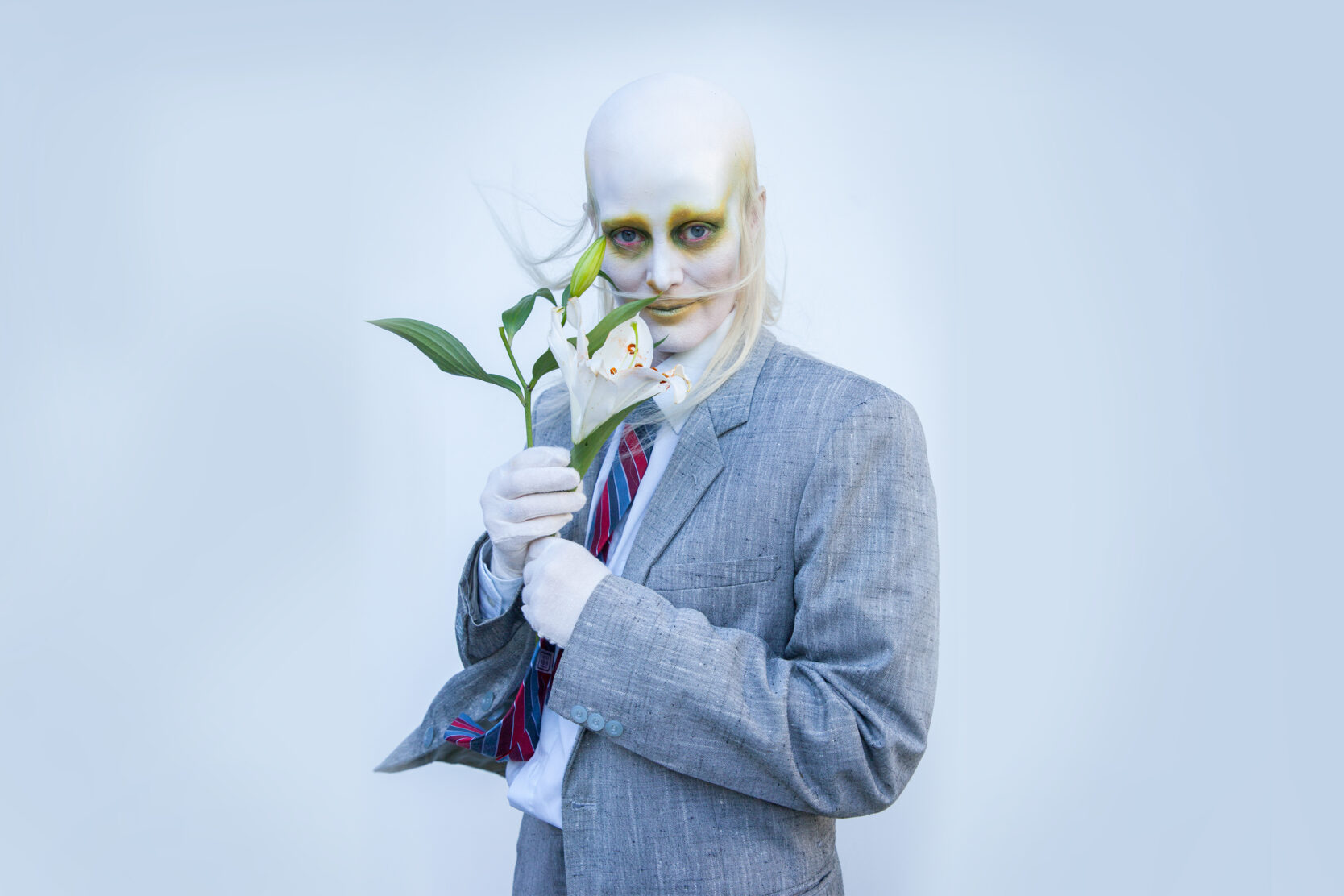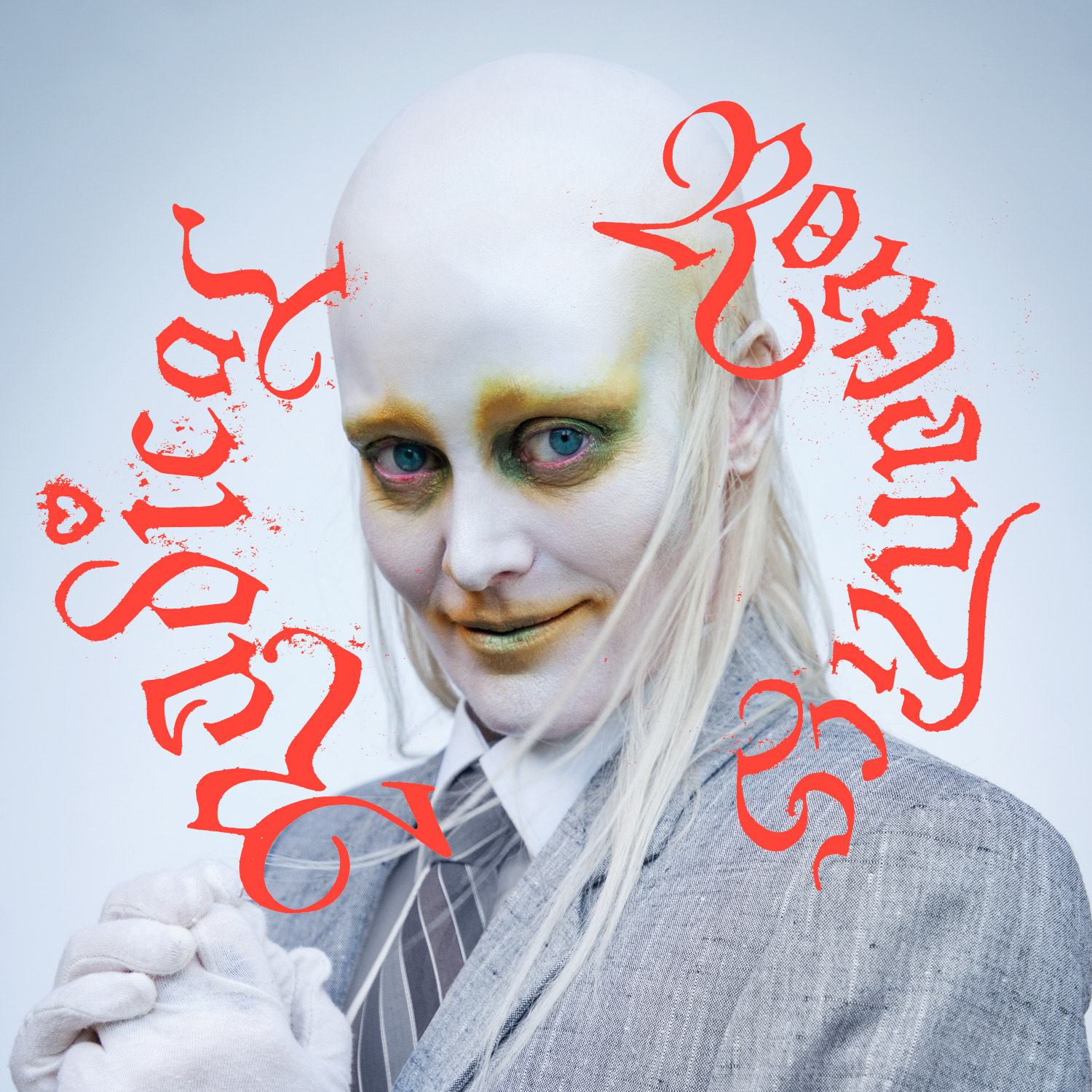Love is simultaneously simple and complex. That duality takes shape in many forms, one being love songs. They range from joyous, buoyant pop tunes about soulmates and star-crossed lovers to devastating lamentations steeped in jealousy and grief. On Karin Dreijer’s latest record as Fever Ray, Radical Romantics, the Swedish electronic artist contemplates the weight of love and how it enacts joy and pain on all of us.
As standard a motif that love may be, Dreijer casts it in various lights. The clattering club beats on opener “What They Call Us” finds solace in otherization. “Did you hear what they call us?/ Did you hear what they said,” Dreijer asks in the chorus, seeking common ground with another person who shares their ostracization, setting up an us-versus-the-world narrative. On “North,” lush, cinematic synths undergird Dreijer’s ruminations on sex as a balm for internal and external discord: “Sex / forward / like a way to thrive,” they intone in a smoky murmur, cymbal washes fading behind them like wind dispersing fog.
Working alongside brother and former Knife bandmate, Olof, Fever Ray proves they can consistently find meaning in the tritest of concepts. Radical Romantics brims with profound realizations, flouting capitalism, heteronormativity, and patriarchy through Dreijer’s incisive songwriting. As demonstrated, romance is political.
We went on the record with Fever Ray about the first new album in nearly six years, how its music and visuals speak to each other, the eclectic influences behind Radical Romantics, and how music combats the status quo.

Also Read
The Best Albums of 2023 (So Far)
SPIN: How does it feel putting Radical Romantics out into the world?
Karin Dreijer: It’s been finished now for a while. I think the music was finished in the summer. But then Martin Falck, who I work with, does the visuals and music videos. We sort of wanted time to make videos and do work on all the visuals. That’s why we waited until now.
The visuals are a really striking component that complements the music itself. What are some of the ideas or themes that you’re exploring there?
It’s kind of a long process. But Martin is an old friend of mine, and we’ve been working together for quite some time. We always send each other images, photos, and videos and look for fun stuff that we would like to try out for next time. So we just tried to find stories and situations that go along with the music. We were trying to make the stories in the music a bit more clear or stronger or fun.
What are some of those stories that you were writing about and representing?
For “What They Call Us,” the video we did is some kind of outsider perspective, and the song is telling us something about it. It’s a very urgent feeling and an urgent situation, that something is about to happen. Both Martin and I have worked in offices where we have found ourselves feeling quite claustrophobic, and we wanted to capture that sort of feeling, those past experiences that we’ve had.
In what ways were those past experiences claustrophobic?
This is quite a long time ago, but I’d been working in very heteronormative, white, male-dominated places, like everywhere else in patriarchal society. It’s been very sexist and homophobic. I know you’ve had it in the U.S. for a long time, but, last year, we got a neo-fascist-supported government in Sweden. These things are happening everywhere now, like these sorts of oppressions and phobias have become much more open. We wanted to capture the urgency of what’s happening now.
That urgency of capturing what’s happening at this moment is encapsulated in the album title itself: Radical Romantics. Where does that title come from?
That’s something I didn’t really know I was writing about until it was finished. But I think it is radical within capitalism to care for other people, to spend time with and care for others. It’s also a play on words; our record label is Rabid Record. But what’s radical within romantics is to spend time to discover your own needs, to accept your own needs, to be able to feel safe, to be in relationships with other people, and to dare to communicate these things.
That is what all the songs are about: How do I, as a queer person, exist within relationships with other people? How can I exist in society? What is this romantic myth and love? Is there really a place for me within love? All the songs work around that debate.

Sonically, what were you doing differently this time around?
I played a lot of guitars. My oldest kid also plays a lot of guitar, and it was so fun. I did that a lot way back when I was in my late teens and early 20s. I listened to a lot of Sonic Youth. Back then, I had no idea how to play their music because they always tune their guitars in all these different, strange ways, and there was no internet. Nowadays, my kid showed me this website where you can see all the different tunings of their guitars for every track they have made. On this album, we did a lot of different tunings, and it becomes very playful to use these instruments in a different way.
It was also when the pandemic happened, so I didn’t get to meet any of my collaborators, except for my brother [Olof]. We have studios now just next to each other. We hadn’t been working together for many years, but he was there, and we were isolated in this building. We just started to work on a couple of tracks, and it was fun.
This is also your first record since 2017. Did you use that time to relax and decompress?
I started writing six months after the last tour. I am not so fast at making music, so I have been in the studio for a few years almost. We also built a new studio with it. That took a while. But I’m always playing instruments and making music. I really like to go to the studio in the morning. I work during the day, and then, every second week, I have two kids to take care of. So I try to be quite disciplined and work proper, normal office hours.
You draw from a lot of interesting musical and visual scenes.
I have a very eclectic taste in music. I’m trying to put together a playlist with inspirations for this album, so I have to open my Spotify and see what it is that I have been doing. It’s a lot of dance music and electronic music, but it’s a lot of post-punk. I’m almost 50 years old, so I’ve been doing this for a long time now.
Visually, we’ve been looking at this Swedish filmmaker Roy Andersson, who has some very specific aesthetics that we have been looking at and talking about. For the next video, “Even It Out,” it’s very John Waters-inspired, and there’s always David Lynch. It’s a wide range of things.
What do you hope people take away after they listen to this record?
I think the best thing is if it gives you some comfort and it opens up something in you. It can be very different things, what people feel when they listen to music, but just that something happens within you.





